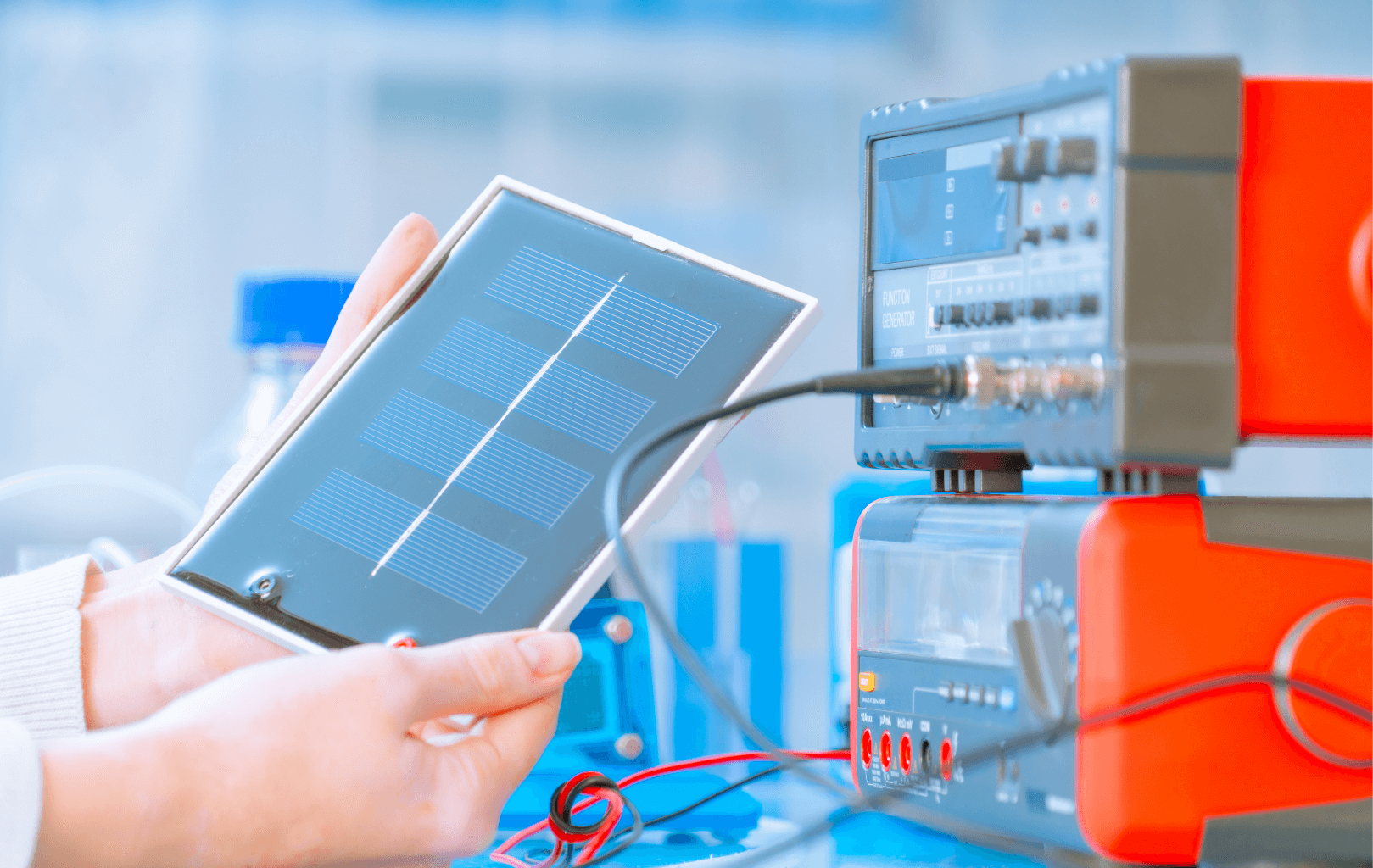Solar cells, silicon-based panels that generate electricity from sunlight, have been a constant focus in engineering circles due to their potential in renewable energy applications. However, engineers soon realized that they may be approaching the technical limit of silicon-based solar cells, only achieving marginal improvements to their efficiency, or how much energy is generated compared to how much is received. Thus, the search for alternatives to traditional silicon solar cells have become a contested field in engineering, prompting rapid development and testing of several types of alternatives that can augment or improve the performance of traditional solar cells. One of these alternatives are perovskite solar cells, with the tantalizing possibility of creating solar cells that are visually identical to normal windows and glass panes—transparent solar cells. Now, with new research published in Nano Energy, transparent solar cell technology gets one step closer to becoming a feasible reality.
The team from Pennsylvania State University created ultrathin metal electrodes from layers of gold just a few atoms thick. Previous research into these ultrathin gold films encountered problems in conductivity due to issues in creating a uniform layer just atoms thick, as gold nanoparticles tend to gather into small “islands” instead of spreading uniformly into a single layer. To address this, the engineers used chromium as a seed layer, selected due to chromium’s high surface energy, allowing gold to form on a continuous ultrathin layer while maintaining favorable conductive properties. According to Shashank Priya, associate vice president for research and professor of materials science and engineering at Penn State, by maintaining an ultrathin gold electrode thickness, the electrode maintains its conductive function without interfering with the perovskite solar cell’s capacity to absorb sunlight.
Testing done on a single perovskite solar cell using the newly-engineered transparent electrode resulted in an efficiency of 19.8%, a landmark efficiency for a semitransparent solar cell. Combined with a traditional silicon solar cell, the tandem device achieved an efficiency of 28.3%, a 5% increase compared to using the bare silicon solar cell alone. “A 5% improvement in efficiency is giant,” according to Priya. “This basically means you are converting about 50 watts more sunlight for every square meter of solar cell material. Solar farms can consist of thousands of modules, so that adds up to a lot of electricity, and that’s a big breakthrough.”
Bibliography
- Penn State. (2021, May 28). Scientists develop transparent electrode that boosts solar cell efficiency. ScienceDaily. Retrieved August 24, 2021, from https://www.sciencedaily.com/releases/2021/05/210528114132.htm
- Yang, D., Zhang, X., Hou, Y., Wang, K., Ye, T., Yoon, J., Wu, C., Sanghadasa, M., Liu, S., & Priya, S. (2021, February 27). 28.3%-efficiency perovskite/silicon tandem solar cell by optimal transparent electrode for high efficient semitransparent top cell. Nano Energy, 84(June 2021), 105934. https://doi.org/10.1016/j.nanoen.2021.105934











